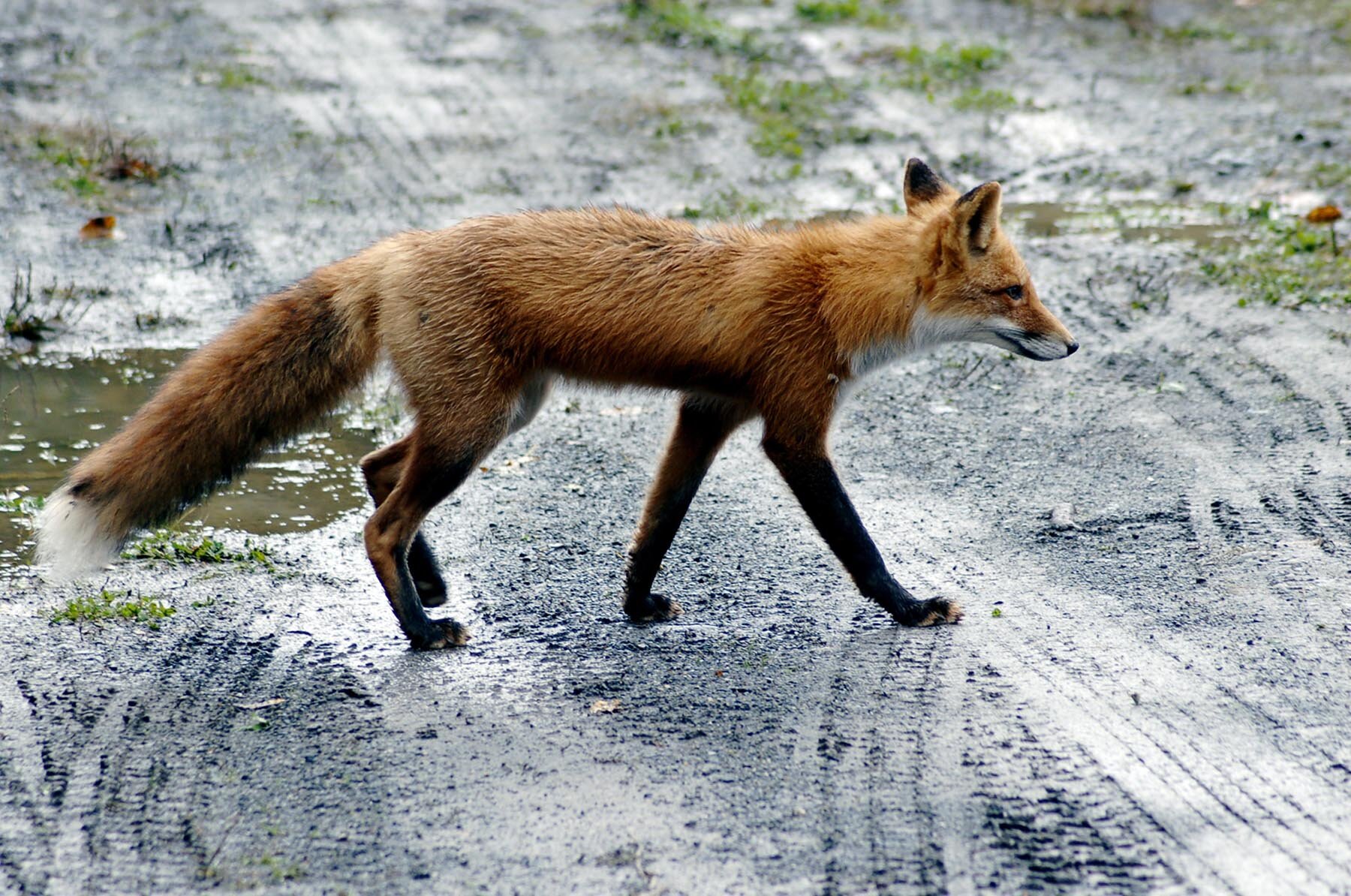
Wildlife Habitat
Wildlife habitat is the combination of food, water, and available shelter that meets the needs of an area’s wildlife population. As a part of one of the most diverse ecoregions in North America, the forests in the greater Sandy Mush watershed are home to various wildlife groups such as neotropical migrant birds, large mammals, and the largest number of terrestrial snail species in the United States.
Landscape connectivity and healthy specialized habitats: Landscape connectivity is important to species population survival, as fragmented habitats lead to degenerated gene pools, territory destruction, and a greater risk of human interaction. Specialized habitats of concern within the Sandy Mush watershed focal area include but are not limited to grassy balds and rich coves.
Resources
Find bird-friendly native plants in your area
Beaver Management Assistance (video)
Tarheel Wildlife: A Guide for Managing Wildlife on Private Lands in North Carolina
NC State Extension Publications: Working with Wildlife
Who can I contact?
NC Wildlife Resource Commission, Wildlife Management
For other NCWRC contacts visit their webpage
Red fox. Image by US Fish and Wildlife Service.
Looking for more?
Ecological Timber Management
Sustainable forestry via timber harvesting is a way for family forest landowners in Sandy Mush to generate revenue and ensure healthy forest structure. Some forests in the region have been harvested using unsustainable practices and require some degree of forest restoration to promote their development into high value timber stands.
Funding Forest Management
Proper forest stewardship is important to many groups and organizations, and because of that, opportunities to share the cost of forest management activities exist. Utilizing programs such as NRCS funding can be a great next step in forest restoration.
Non-Timber Forest Products
Interest in the cultivation and management of non-timber forest products (NTFPs) is increasing throughout the Southeast. The rich, fertile soils of Appalachian coves common in Sandy Mush allow many understory medicinal plants to flourish. Species such as American ginseng, black cohosh, ramps, and goldenseal are found in Sandy Mush cove forests, and can be model species when considering NTFP management.



